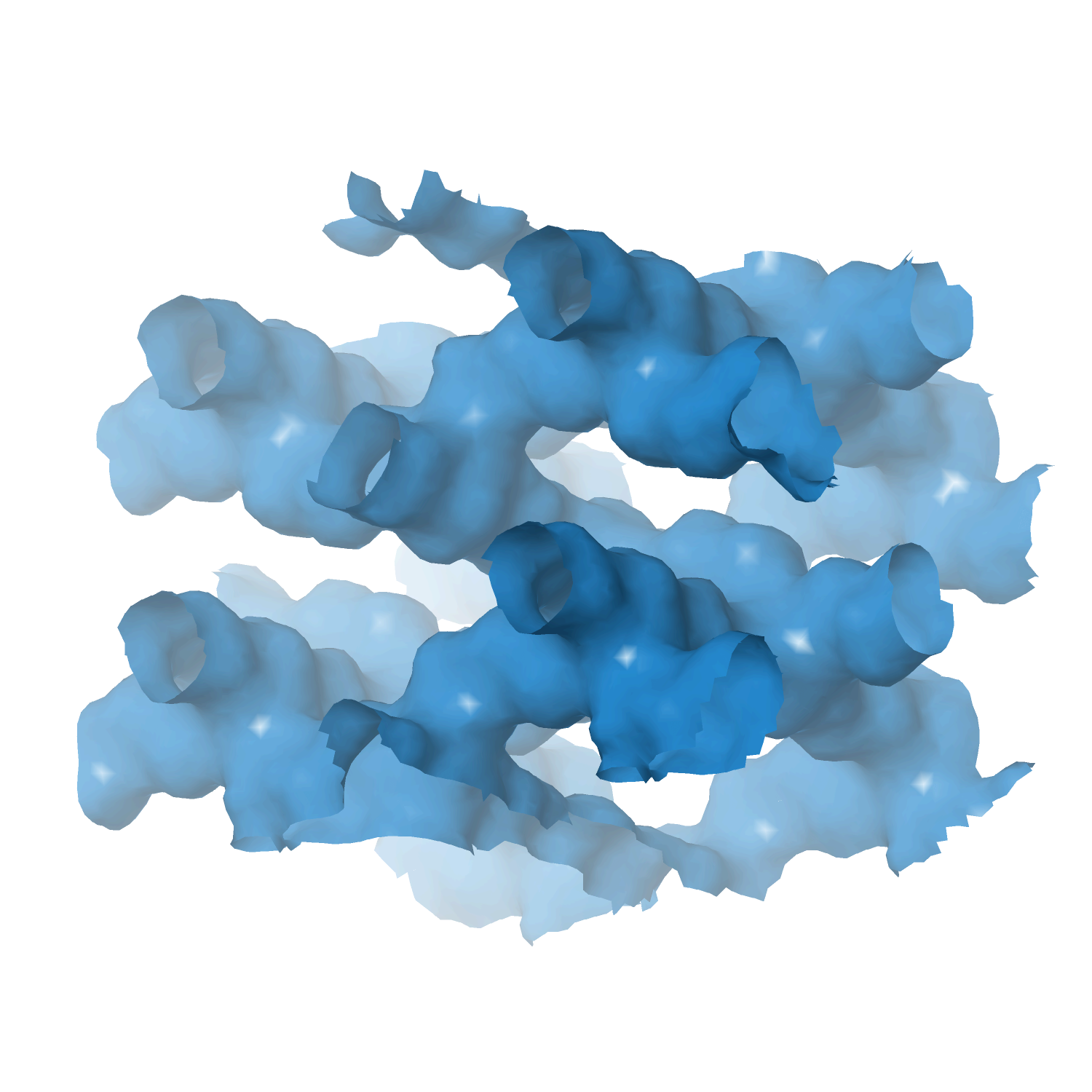Heterogeneous catalyst engineering ⇒ from stable and deactivation resistant to viable technical catalyst
Advances in heterogeneous catalyst “structure” are driven to improve their “function” or performance, i.e., activity, selectivity, and stability. Cooperative research is required to understand the structure and function relationships: developing new synthesis protocols for heterogeneous catalysts with unique surface properties, defined porosity, identification and understanding of catalytically active sites, reaction mechanisms, and finally, prediction and analysis of the processes using various computational tools.
Our group focuses on developing new catalyst formulations using innovative synthesis routes for various important heterogeneous catalysts. That includes thermal, electro, and bio-electro catalysis.
The active phase cannot be used directly in its final application or reactor for various reasons, including poor mechanical resistance, heat or mass transport, and fluidization features. We must mix the active phase with other ingredients in a matrix of binder and filler, while we shape it into a technical catalyst. We investigate new synthetic protocols for technical catalysis using spray drying and fluidized beds to cover the whole range of sizes. At the same time, we incorporate additional (unconventional) ingredients such as SiC to improve some features even further.
- Technical catalyst I ⇒ spray drying and extrusion
- Technical catalyst II ⇒ spray fluidized bed reactor
- Technical catalyst III ⇒ electrospinning
- Zeolite catalysts ⇒ with defined structure/porosity
- Multi-metal (high entropy) alloy catalysts
- MXene catalysts ⇒ single and multi-dimensional
- Perovskite catalysts
- Metal-organic framework (MOFs) catalysts
- Supported metal/metal-oxide catalysts
- Aerogel catalyst
Highly productive framework bounded Ni2+ on hierarchical zeolite for ethylene oligomerization
by
Mohamed, Velisoju, Hita, Abed, Parsapur, Zambrano, Hassine, Morlanes, Emwas, Huang, Castaño
Chem. Eng. J.
Year:
2023
DOI:
https://doi.org/10.1016/j.cej.2023.146077
Abstract
The production of higher linear olefins via ethylene oligomerization is an applied industrial process using homogeneous catalysts in the liquid phase. Heterogeneous catalysts based on Ni supported on zeolites are attractive materials for gas phase oligomerization but typically offer a low selectivity or low conversion. Here, we investigate a tailored method to introduce the Ni2+species within the hierarchical zeolite crystallization step (in situ) and compare it with the standard impregnation procedure (ex situ). The in situ engineered catalyst has a very high concentration of Ni2+ species, seamlessly inserted and well dispersed into the zeolite framework, with increased accessibility through meso- and micropores. This catalyst has a unique 1-butene cumulative productivity (32.7 g of 1-butene per g of catalyst) and stability for at least 48 h. This framework bounded Ni2+ promotes oligomerization over isomerization, cracking, and hydride transfer, while the hierarchical zeolite structure enables the discharge of coke precursors. These results pave the way for a more efficient and effective ethylene oligomerization process.
Keywords
OLG
HCE
